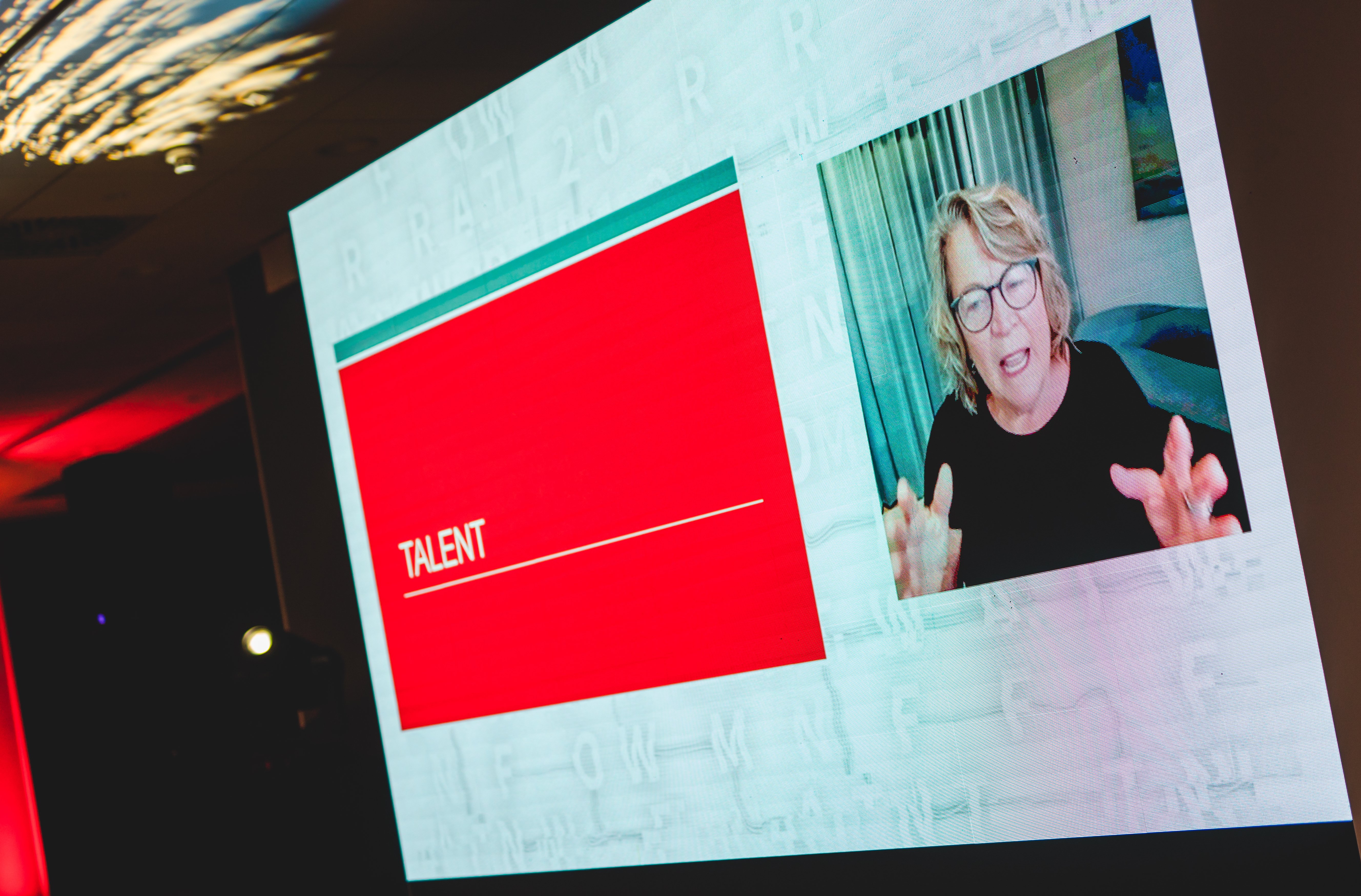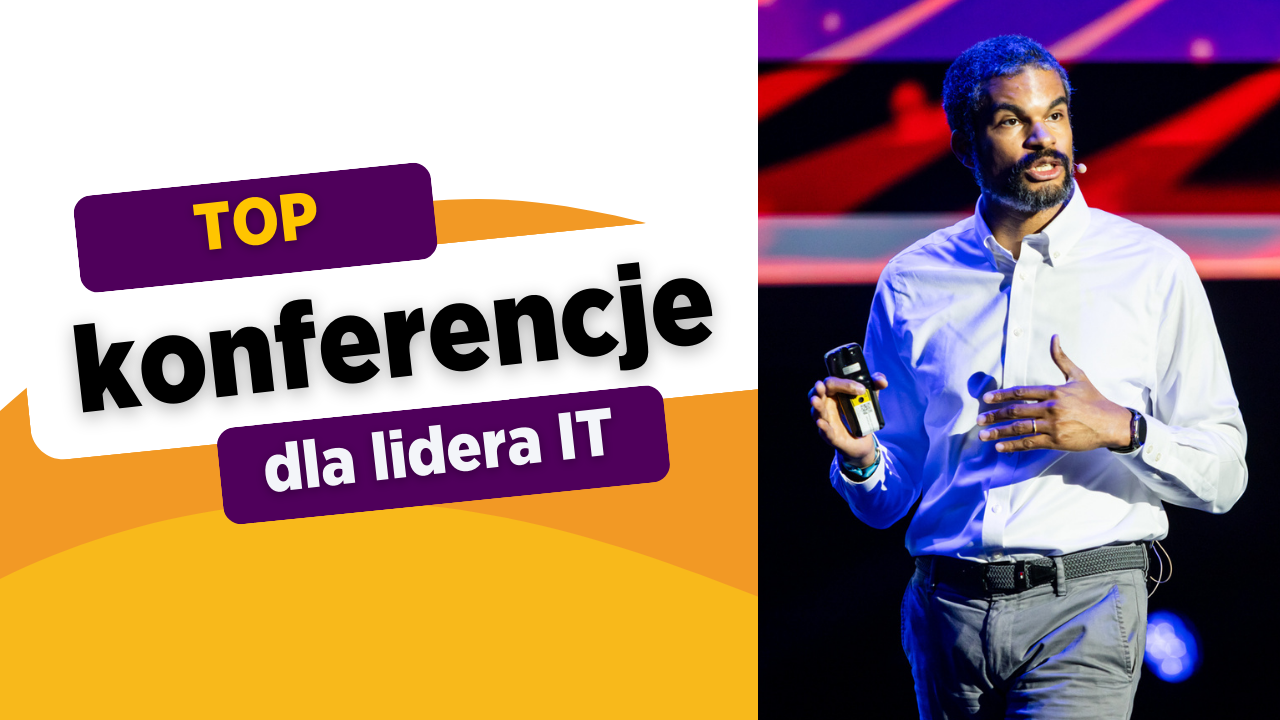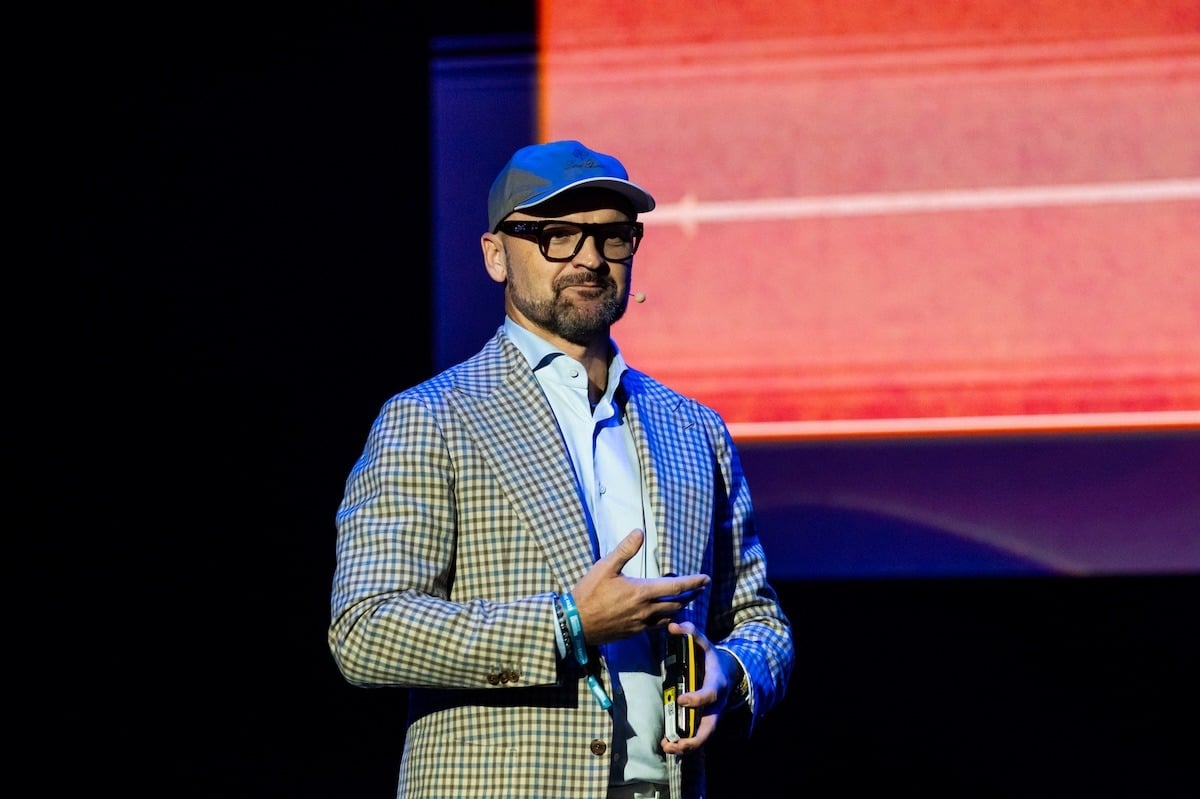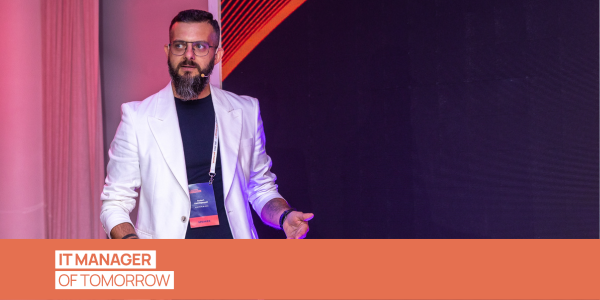Kultura pracy oparta na zaufaniu i szczerości wg Netflix i Patty McCord
Patty McCord współtworzyła w Netflix kulturę pracy opartą o zaufanie i szczerość. Opowiedziała o tym podczas konferencji IT Manager of Tomorrow 2020. czytaj dalej
What does the IT manager of tomorrow look like? How does the IT manager of tomorrow need to transform to be ‘fit-for-the-future’? How can the IT manager of tomorrow stay ahead of the rapidly changing technology landscape, and the transformation of ways of working?
These were some of the questions being addressed at the Let’s Manage IT & Conlea annual conference IT Manager of Tomorrow 2019. My presentation at the event was: “Tomorrow was yesterday: If you haven’t already started transforming you may be too late!“
One area I explored was ITIL. Many organizations have already adopted ITIL, more than 80% of the audience, yet equally the majority I spoke with recognized that ITIL is no longer perceived as “fit-for-the-future” in this age of digital disruption which is driving more agile ways of working. Hence the latest addition of ITIL®4. But will ITIL®4 help? When asked, less than 20% of those with existing ITIL certificates said they were planning to take the ITIL®4 certification. So is ITIL®4 an answer?
I explored this question, together with Damian Szczepaniak from Conlea using the MarsLander simulation.. Participants wanted to discover some of the key aspects of ITIL®4 and how this latest version of the framework adds value to the new agile ways of working.
In the simulation, delegates play the Mission control team of the MarsLander mission. Taking on both the business & IT roles, they are faced with the need for the rapid delivery of new features, products, and services. At the same time, the need to ensure stability and availability arises as events, incidents and customer feedback enter the simulation. The team gets to apply ITIL®4 concepts.
Central to the reflection in the simulation workshop was the Service Value System (SVS), which to me is one of the most valuable aspects of ITIL®4. The SVS acts as a dialogue instrument and at the same time an assessment instrument.
The Value of Service Value System
I showed the SVS which has the guiding principles on the outside. I asked how many people know the guiding principles. 3 people raised their hands. I then asked how many can name them? None. How many have used them to define desirable behaviors? All I got were blank stares. For example, “collaborate and promote visibility” – what does effective collaboration look like? what behaviors will we see? A recent DevOps skills survey revealed “collaboration” as the number 1 required soft skill, and collaboration is critical to ensure end-to-end solutions (involving stakeholders from the various siloed frameworks COBIT, BRM, AGILE/DevOps, ITIL).
These were behaviors the team named:
As soon as the simulation exercise began, the list was ignored, “priorities” were changed without notification, goals were not known (not shared, not asked for), communication not given (“you didn’t tell us what you wanted!”. “You didn’t ask!”)
It was clear that translating words and theory into practice was not easy. Not only were the Guiding Principles behaviors ignored, but there was also no Governance. There was no overview of demands and opportunities and the value chain and value streams were not clear.
The team then practiced applying the concepts and were coached in the new ways of working. Team goals were achieved, the team felt happier and less stressed, the business felt better able to make decisions around prioritization aimed at value creation and well as value leakage and risk.
At the end of the session, we asked delegates “what have you discovered and applied in this simulation that you need to take away and apply in your work”?
Value was a hot topic in my presentation, the MarsLander simulation and indeed in the session from Akshay Anand in which he asked the audience what the definition of service was according to ITIL. Less than 20% said they knew it. As Akshay explained, a “service is a means of enabling value co-creation by facilitating outcomes that customers want to achieve, without the customer having to manage specific costs and risks”.
Together with Radosław Gnat from Conlea, we explored this concept of “value” further in a workshop called Speed as a service. Four teams were given real business situations around “new online ordering and checkout in stores”, “facial recognition scanning at airports” and “a payment system linked to a chat application”. The task was to explore the value that was required by the various stakeholders. It was interesting to see how the teams struggled with stakeholder value and the end-to-end stakeholders including fulfillment. In the workshop, the teams also learned to look at the full equation around value, outcomes, costs, risks. It is fine that the business wants fast value delivery to consumers and growth, but fulfillment may be a risk which will damage customer loyalty, cause lost revenue and damage image and reputation. In the beginning, the teams only thought of the service design from the perspective of the initial value creation requirements, not the potential value leakage if risks of end-to-end fulfillment are not taken into account with the service design.
Finally, the teams presented their cases in “business terms”, demonstrating to the CEO an understanding of both “performance” and “conformance” demands (Governance), showing an understanding of CEO triggers.
The teams had discovered ways to break down the top-scoring ABC (Attitude, Behavior, Culture) worst practice card (for the last 15 years in a row!). “IT has too little understanding of business impact and priority” – exploring how they can use the definition of a service to co-create value with their business counterparts.
Kategorie: IT Manager of Tomorrow ITIL
Zostaw swój email, a będziemy regularnie informować Cię o nowych artykułach.

Patty McCord współtworzyła w Netflix kulturę pracy opartą o zaufanie i szczerość. Opowiedziała o tym podczas konferencji IT Manager of Tomorrow 2020. czytaj dalej

Przewodnik po najważniejszych polskich konferencjach technologicznych w 2025 roku, które pomogą liderom IT rozwijać swoje umiejętności i sieć kontaktów. czytaj dalej

Jak Rafał Brzoska zamienił porażki w sukces? Poznaj błędy prezesa InPost, które zbudowały jego podejście do biznesu – inspiracja dla managerów i liderów. czytaj dalej

O pracy nad strategią IT na przykładzie grupy Allegro, podczas konferencji IT Manager of Tomorrow opowiedział Robert Radziejewski. czytaj dalej